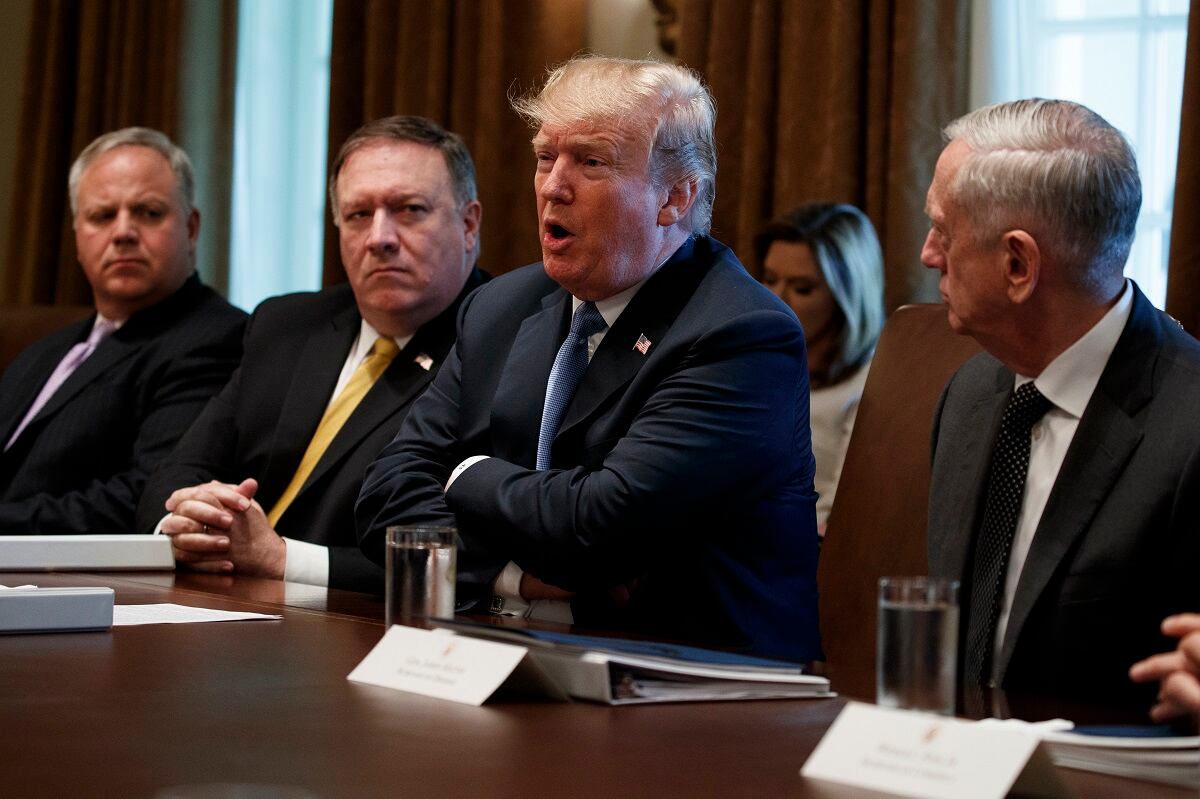Employee unions and members of Congress said they worry that a White House plan to break up the Office of Personnel Management and place some of its authority under the Executive Office of the President is an attempt to politicize the civil service.
But the division is the only way to drag OPM out of a mire of paperwork and into the job of driving the mission of the federal workforce, according to Office of Management and Budget Deputy Director for Management Margaret Weichert.
The Trump administration has often run into contention from federal employees and union representation in its attempts to change parts of the federal workforce, leaving some distrusting of the proposed change to the agency that manages the federal workforce.
RELATED

“With an administration that has shown disdain at times for a professional, merit-based civil service, this raises red flags that the move is intended to exert undue political influence on nonpolitical hiring and firing decisions. Political influence in civil service hiring and firing allows jobs to be handed out or taken away based on political contributions or affiliations rather than individual capabilities,” wrote National Association for Federal Employees President Richard G. Thissen.
“While this element of the reorganization does not achieve this by itself, it removes important safeguards in the process.”
Thissen added that the administration’s targeting of federal employee benefits and pay increases suspicion that the plan to move OPM under the authority of the EOP would add pressure to those kinds of cuts.
“Whenever folks want to get extra money for something or they need something they go after federal employees, and it concerns me greatly,” said Rep. Elijah Cummings, D-Md., at a June 27 hearing on the reorganization plan.
The services provided by OPM could also receive less funding and lower prioritization without a unified office to undertake them, Thissen warned.
However, the change is not to politicize the function of OPM, but rather to elevate it in administrative importance, according to Weichert, who testified at the June 27 hearing.
“In most companies that have a human-centric and employee-centric strategic human capital function, having that function and having a chief human capital officer who is close to the executive and close to where prioritization decisions are made is critical,” said Weichert.
She explained that the plan would move the paperwork-related functions to the General Services Administration, which would be renamed as the Government Services Agency. The part of OPM moved into the EOP would then be free to focus on developing and hiring a more modern workforce.
“One of the key areas is really elevating the OPM function to focus on the strategic elements of the mission,” said Weichert.
“Today, most of the people at OPM are effectively doing transaction processing related to HR appeal work. They’re not thinking about the strategic issues that [Cummings] and I discussed. They’re not thinking about skillset mismatches between the skills that were put in the GS schedule back in 1949 and what we need today. We don’t have the resources, given the way that organization has to function, because it’s dealing with all this administrative overhead.”
Weichert added that her office at OMB, which is also located in the EOP, stands as an example of how an essential government function can be moved into administrative oversight while still maintaining congressional safeguards against politicization.
Jessie Bur covers federal IT and management.




